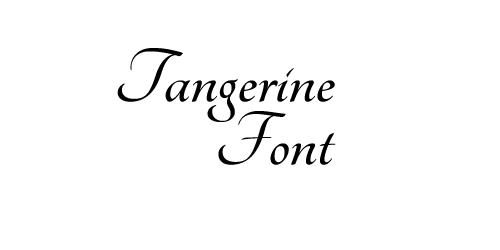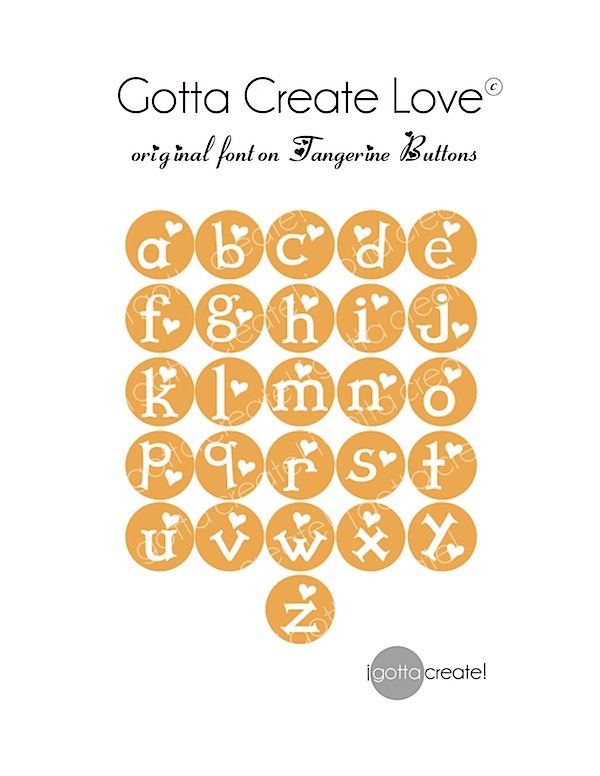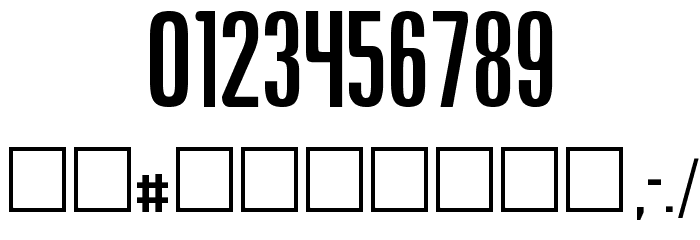
- #MICROSFOT WORD TANGERINE FONT FOR MAC OS#
- #MICROSFOT WORD TANGERINE FONT FOR MAC#
- #MICROSFOT WORD TANGERINE FONT ANDROID#
- #MICROSFOT WORD TANGERINE FONT SOFTWARE#
- #MICROSFOT WORD TANGERINE FONT PC#
#MICROSFOT WORD TANGERINE FONT FOR MAC#
The second release of Word for Mac OS, shipped in 1987, was named Word 3.0 to synchronize its version number with Word for DOS this was Microsoft's first attempt to synchronize version numbers across platforms. After its release, Word for Mac OS's sales were higher than its MS-DOS counterpart for at least four years. It fulfilled a need for a word processor that was more capable than MacWrite.
#MICROSFOT WORD TANGERINE FONT FOR MAC OS#
įollowing the precedents of LisaWrite and MacWrite, Word for Mac OS added true WYSIWYG features. It was also notable for its very fast cut-and-paste function and unlimited number of undo operations, which are due to its usage of the piece table data structure. This was made easier by Word for DOS having been designed for use with high-resolution displays and laser printers, even though none were yet available to the general public.
#MICROSFOT WORD TANGERINE FONT SOFTWARE#
In 1985, Microsoft ported Word to the classic Mac OS (known as Macintosh System Software at the time). However, Microsoft steadily improved the product, releasing versions 2.0 through 5.0 over the next six years. It was not initially popular, since its user interface was different from the leading word processor at the time, WordStar. Advertisements depicted the Microsoft Mouse and described Word as a WYSIWYG, windowed word processor with the ability to undo and display bold, italic, and underlined text, although it could not render fonts. Unlike most MS-DOS programs at the time, Microsoft Word was designed to be used with a mouse. That year Microsoft demonstrated Word running on Windows.
#MICROSFOT WORD TANGERINE FONT PC#
Free demonstration copies of the application were bundled with the November 1983 issue of PC World, making it the first to be distributed on-disk with a magazine. Its name was soon simplified to Microsoft Word. Microsoft announced Multi-Tool Word for Xenix and MS-DOS in 1983. Simonyi started work on a word processor called Multi-Tool Word and soon hired Richard Brodie, a former Xerox intern, who became the primary software engineer. In 1981, Microsoft hired Charles Simonyi, the primary developer of Bravo, the first GUI word processor, which was developed at Xerox PARC. Main article: History of Microsoft Word Origins

Using Wine, versions of Microsoft Word before 2013 can be run on Linux.Ĭommercial versions of Word are licensed as a standalone product or as a component of Microsoft 365 suite of software, which can be purchased either with a perpetual license or as part of a Microsoft 365 subscription.

#MICROSFOT WORD TANGERINE FONT ANDROID#
Subsequent versions were later written for several other platforms including: IBM PCs running DOS (1983), Apple Macintosh running the Classic Mac OS (1985), AT&T UNIX PC (1985), Atari ST (1988), OS/2 (1989), Microsoft Windows (1989), SCO Unix (1990), macOS (2001), Web browsers (2010), iOS (2014) and Android (2015). It was first released on October 25, 1983, under the name Multi-Tool Word for Xenix systems. However, I believe we will see a hard push from font vendors to switch users from outright purchase to subscription arrangements such as Typekit and Skyfonts, just as program vendors are pushing hard to get users to subscribe to Adobe Cloud and Office 365.Microsoft Word is a word processor developed by Microsoft. Every time there is a change in font format, e.g., from the old Postscript fonts to Open Type fonts, the vendors have an opportunity to sell the new versions to owners of the old versions for whom the convenience of the new format is worth the cost of buying the new versions. This is all great from a font vendor’s viewpoint. In the meantime, Monotype has released the “named instances” which can be defined in a variable font, as 48 separate fonts so that they are usable now before many programs support the use of variable fonts. It’s easy for Monotype to release the font family as a single variable font when support for variable fonts becomes generally available. It appears these are produced internally at Monotype as a variable font, with the end points of weight, slant and width being drawn, and the intermediate varieties being computer generated by interpolation. It would be far too time consuming and expensive to draw each variety individually. With several weights, upright and slanted, and 3 widths, the font family includes 48 separate fonts. ” This new font family, Morandi from Monotype, is typical of new offerings from font vendors.

That takes up less disk space (important on tablet devices) and, as John explains, are easier for font makers to make and maintain… Variable fonts are a single package that includes many variations (Light, Heavy etc), instead of having separate font files for each variant. Office Watch reader, John Hoffmann has some more detail on variable fonts, now supported in Windows 10.


 0 kommentar(er)
0 kommentar(er)
